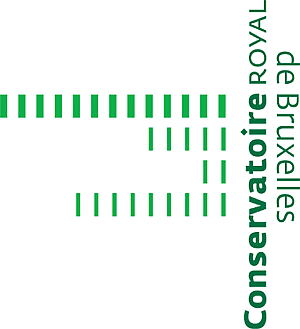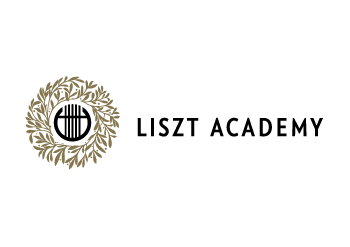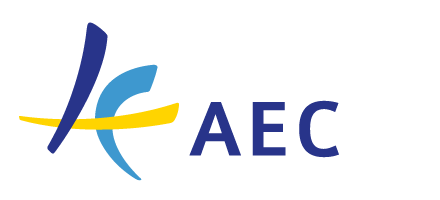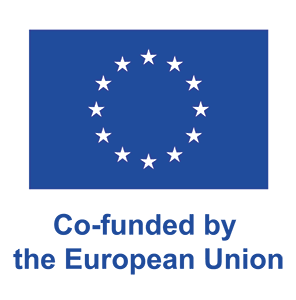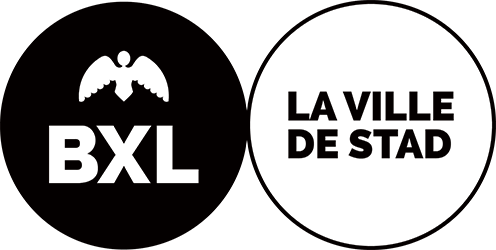Further information
-
assessment
Semester grade S -
level
Advanced -
 Completed Semester3-4
Completed Semester3-4 -
How many semesters does the course last?
2 -
hours per week
90 min -
 Link of the course
Link of the course -
 Target group of courseInstrumentalists, beginner
Target group of courseInstrumentalists, beginner -
 credits2
credits2 -
 Type of CoursePractice
Type of CoursePractice -
Degree Level
Bachelor -
 e-learning-elementsnone
e-learning-elementsnone -
Course
Optional -
students #
6-15 students -
Hours per year
60 -
BIBLIOGRAPHY
Alekseev B., Blûm D., Sistematičeskij kurs muzykalʹnogo diktanta, Moskva 1969. Alekseev B., Garmoničeskoe solʹfedžio. Posobie po sluhovomu analizu, Moskva 1975. A. Kowalska-Pińczak, Kształcenie słuchu linearnego. Od tonalności do atonalności, Gdańsk 2000. W. Anczykowska-Wysocka, D. Dopierała, E. Głowski, A. Kowalska-Pińczak, R. Szyszko, T. Świercz, Przestrzenie wyobraźni muzycznej. Od tonalności po atonalność, Gdańsk 2011. Danyszowa H., Iszkowska Z., Jargoń J., Moszumańska-Nazar K., Zbiór ćwiczeń do kształcenia słuchu, Kraków 1978. Dobrowolska-Marucha D., Dyktanda muzyczne 1-3, Kraków 2016. Dobrowolska-Marucha D., Ćwiczenia do kształcenia słuchu. Wybór z utworów Fryderyka Chopina, Kraków 1992. Dzielska J., Materiały pomocnicze do kształcenia słuchu, Kraków 1976. Dzielska J., Kaszycki L.M., Podręcznik do kształcenia słuchu, Kraków 1993. Targońska I., Kształcenie pamięci muzycznej, Warszawa 1999. Targońska I., Podstawy korekty błędów I–II, Warszawa 2004. Wacholc M., Czytanie nut głosem I–III, Kraków 1992–1994. and others -
ONLINE CATALOGUE
WITH CONTENTS -
evaluation grid
-
evaluation grid
and document
Teacher(s)
Agata Krawczyk
current position
assistant / lecturer
Institution
Akademia Muzyczna im. Stanisława Moniuszki
Be a part of our european project !
This European project (KA 203 Strategic Partnership) created by Salvatore Gioveni promotes cross-border collaboration in the field of Music Theory through sharing knowledge and transferring pedagogical innovation. It thus responds to a lack of centralised source and framework to deepen reflection by means of cross-disciplinary study at European and international level.
There is a significant wealth of educational practices from one country to another in this sector, especially in terms of harmonic musical notation and analysis. However, HMEI's are facing the nonexistence of a European network for pedagogical staff in Music Theory so far. To improve the situation, the project will among other things develop several intellectual outputs such as Online Platform (IO 1), an EU Bibliography (IO 2), a Repository Courses (IO 3), a Multilingual Glossary (IO 4) and an Exchange Online Learning Platform.
Besides the Conservatoire royal de Bruxelles as leader and manager of the project, the following partner institutions are involved: Music Academy S. Moniuszki Gdańsk (Gdańsk, Poland), F. Liszt Academy of Music Budapest (Budapest, Hungary), Estonian Academy for Music and Theatre (Tallinn, Estonia), HfMTh "Felix Mendelssohn Bartholdy" (Leipzig, Germany).
 | 2024
| 2024
